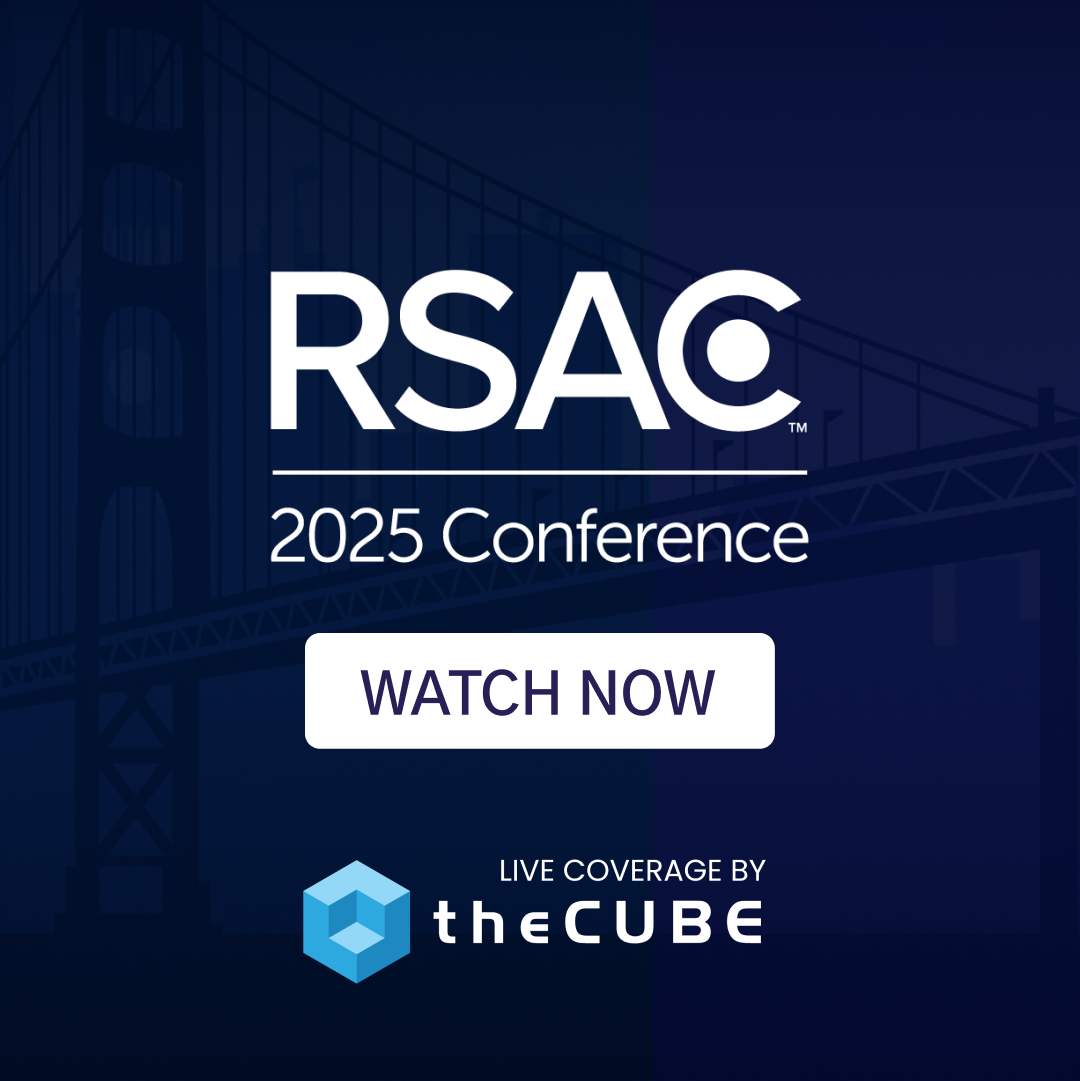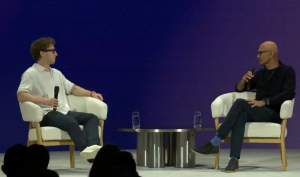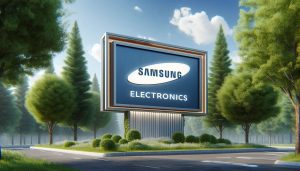HOW TO: Go SoLoMo with Your Local Mobile Marketing Strategy
![]() Local ads are a growing segment of the advertising realm, with SoMoLo – social-mobile-local – currently leading the field in local advertising. Google took a stab at local ad promotion last year with GoMo, a mobile app that meant to make business owners’ websites mobile friendly. One of the goals of GoMo is to drive more traffic with Google’s Mobile Ads, which, according to Google, “reach targeted audiences across different platforms and devices,” with Google Mobile Ads appearing on mobile devices in Google search results, both on websites and apps.
Local ads are a growing segment of the advertising realm, with SoMoLo – social-mobile-local – currently leading the field in local advertising. Google took a stab at local ad promotion last year with GoMo, a mobile app that meant to make business owners’ websites mobile friendly. One of the goals of GoMo is to drive more traffic with Google’s Mobile Ads, which, according to Google, “reach targeted audiences across different platforms and devices,” with Google Mobile Ads appearing on mobile devices in Google search results, both on websites and apps.
“Digital-ad spending by local businesses last year reached $21.2 billion, a figure that is expected to increase by more than 12% annually,” according to local-media advisory firm, BIA/Kelsey.
The firm also released their expectation that by 2016 more local searches will be done via mobile phone than desktop computing, meaning the local advertising arena only has a few short years to capitalize fully on the revenue potential from local ads.
Greg Sterling, of Sterling Market Intelligence, points out, “The overwhelming majority of businesses are local stores, and that’s a huge pool of money that nobody except newspapers and the Yellow Pages has done a great job of tapping.”
Sterling also notes that, “Google has hit roadblocks with local businesses because its main service, AdWords, is considered to be too complex for the average store owner to use. Google hasn’t had the right products for local businesses,” which opens speculation that Google’s year old program, AdWords Express will be more heavily promoted which would allow a business to set up an ad campaign in a matter of minutes.
SoLoMo not as targeted as you think
![]() While the importance of local ads cannot be diminished, the field is still developing, leaving a lot of challenges that need to be overcome before the model becomes truly successful.
While the importance of local ads cannot be diminished, the field is still developing, leaving a lot of challenges that need to be overcome before the model becomes truly successful.
Eli Portnoy CEO of Thinknear highlights the acute need now. “Mobile is exploding. Over 100 million people in the US have smartphones, consumers are spending over 60 minutes a day consuming media on these devices, and people glance at their phone about 40 times a day. That is a massive and very active user base. You would think that advertisers would be rushing to take advantage of this untapped goldmine of an opportunity to reach consumers.”
This lack of mobile monetization is highlighted by the fact that consumers are spending up to a quarter of their media time on a mobile device, while advertisers are “putting only 0.5% to 1% of their budgets there.” According to Mary Meeker, “famed internet analyst-turned-Kleiner Perkins partner.”
Like other performance based ads, local ads will need minimum volume levels that need to be reached before a profit can be turned. The hurdles this brings are numerous as a publisher will have to “waste lots of impressions before ever seeing revenue from local ads.”
“The real challenge is going to be for more mobile publishers and the nature of their inventory. Aside from the largest publishers in mobile (read billions of impressions per month and there is only a handful of these guys), local ads are generally a tough proposition because most publishers simply do not have large enough volumes across cities, zip codes, or lat/long coordinates to make demand from local advertisers pay off.”
Ad companies fill in Google’s gaps
![]() The successful market integration of local advertising via mobile apps and websites will only become more acute as we move closer towards a smartphone dominant society. Local businesses stand to gain incredible revenue stream increases if they can find a platform that will easily and quickly enter their business into mobile ads. Google’s AdWords program is much too complicated and too time consuming for the average small business owner to bother with, so instead they do not participate in online advertising, leaving it up to the local YellowPages, and perhaps Yelp or Groupon to better advertise for them.
The successful market integration of local advertising via mobile apps and websites will only become more acute as we move closer towards a smartphone dominant society. Local businesses stand to gain incredible revenue stream increases if they can find a platform that will easily and quickly enter their business into mobile ads. Google’s AdWords program is much too complicated and too time consuming for the average small business owner to bother with, so instead they do not participate in online advertising, leaving it up to the local YellowPages, and perhaps Yelp or Groupon to better advertise for them.
The United States Postal Service recently announced its plans to promote mobile marketing integration, “During July and August, the Postal Service is offering an upfront 2 percent postage discount on Standard Mail and First-Class Mail letters, flats and cards (presort and automation) that include a two-dimensional barcode or print/mobile technology that can be read or scanned by a mobile phone.” USPS is encouraging local businesses to incorporate mobile marketing tools into their direct mail customers having recognized that mobile technology is one of the fastest growing marketing sectors, according to Gary Reblin, VP of Domestic Products. Reblin said that, “The integration of direct mail with mobile technologies will not only improve the long-term value of direct mail but also increase returns for merchants,” most of whom advertise locally.
Mobile apps which utilized augmented reality should be further developed to include local advertising. Large companies such as Best Buy and WalMart have used AR technology to bring objects off of the shelves and into three dimensional reality on a users smartphone. Companies such as LEGO also use the technology, in any Lego store a user can scan a code into their phone, and the finished model will appear fully build on the screen of the phone, helping potential customers decide to purchase or not. When small, locally owned businesses, utilize AR, they too are opening the doors to potential customers, for instance a hobby shop might include an AR model Apache helicopter in its ad, drawing in a potential customer who otherwise would not be interested in the shop.
With it undeniable that mobile advertising is an important aspect for local businesses, how are they to get their message out effectively while targeting their local audience? Large advertising firms, such as the ones that work for conglomerates as Target are too expensive, but there are five platforms that make the seemingly overwhelming task of mobile ad development possible.
Top SoLoMo Tools for Small Businesses
.
![]() Thinknear allows businesses to target “mobile display ads to consumers at precise locations,” giving users access to, “billions of mobile impressions, cutting-edge location technology, and robust reporting and optimization.” By utilizing proximity marketing, real world targeting, and bring it together in a real world context, thinknear makes local advertising simple and accessible.
Thinknear allows businesses to target “mobile display ads to consumers at precise locations,” giving users access to, “billions of mobile impressions, cutting-edge location technology, and robust reporting and optimization.” By utilizing proximity marketing, real world targeting, and bring it together in a real world context, thinknear makes local advertising simple and accessible.
What sets thinknear apart from the programs available is their utilization of “targeting ads based on where and what people are doing. Each consumer who sees one of our ads is in a place, at a time, and in a situation that signals that they are more interested in our advertisers than the typical consumer.” This sophisticated targeting and optimization of localizing the ads creates an ideal campaign for small businesses – the people who are most likely to enter their business are the ones that are seeing the ads. With investors such as Qualcomm and Google Ventures, they have a wide reach of technology available to them to continue to grow and advance their means of advertising.
Eli Portnoy, CEO of thinknear believes that his company is solving two of the fundamental problems facing hyperlocal ad campaigns: providing advertisers with a single access point and as they work in an RTB environment, they “offer all of the advantages to advertisers of using us to buy their media. It’s more cost effective.”
GoMo, Google Mobile Ads, and AdWords Express
![]() GoMo, a 2011 Google initiative into the realm of mobile advertising, was a first baby step that now leads users who wish to incorporate local ads to Google Mobile Ads. GoMo helps users create mobile websites for their business, opening up the door for added revenue, and an important tool for consumers. It is apparent that smartphone usage is quickly going to outpace desktop usage, and it is urgent for small businesses to prepare for this by creating a mobile website, otherwise, customers might be lost. According to Limelight Networks, Inc, 80% of customers “abandon a mobile site if they have a bad user experience,” and GoMo intends to prevent that from occurring.
GoMo, a 2011 Google initiative into the realm of mobile advertising, was a first baby step that now leads users who wish to incorporate local ads to Google Mobile Ads. GoMo helps users create mobile websites for their business, opening up the door for added revenue, and an important tool for consumers. It is apparent that smartphone usage is quickly going to outpace desktop usage, and it is urgent for small businesses to prepare for this by creating a mobile website, otherwise, customers might be lost. According to Limelight Networks, Inc, 80% of customers “abandon a mobile site if they have a bad user experience,” and GoMo intends to prevent that from occurring.
Google Mobile Ads are meant to “connect with your customers on mobile and tablet,” devices, enabling users to connect with local businesses through advertisements tailored to their interests. Google Mobile Ads appears in Google search results, in apps, and on content websites, putting businesses in front of an interested audience.
Google Mobile Ads helps businesses to build their brand, “because they let you produce rich-media ads and take full advantage of all the capabilities of high-end mobile devices and tablets.” By reaching more mobile users, offered by the AdMob and Google Display networks; targeting users by demographic, behaviors, interests, what device they are utilizing, their network, and keywords, targeting an audience has never been easier; and by including top mobile sites and apps which include the most popular, brand-safe content on mobile Google Mobile Ads is able to reach audiences both near and far while building the businesses’ brand. By building a mobile website through GoMo, and advertising that site through Google Mobile Ads, a small business is able to increase both online and offline sales, increase downloads, and connect with more customers thus driving performance.
AdWords Express is “local advertising made easy.” Unlike the much more complicated and time consuming AdWords platform, AdWords Express makes connecting to consumers in a local area much easier, and can be completed in a matter of minutes. Google manages the ads, which ensures it will “automatically reach the right people whether they’re searching on laptops or mobile phones.” Requiring no additional work on behalf of the business owner.
AdWords Express works by placing the ad for the business on top of the search results, as well as by placing it on the map with a pin delineating it’s location. When a person searches for “Gift Shop,” in San Diego, an ad for a local business that has utilized AdWords or AdWords Express will be on top of the search results, potentially leading to more sales and a larger customer base. AdWords Express also allows business owners to be in charge of how much they are willing to spend on advertising by merely deciding how much they would like to spend per month — never receiving a bill higher than that. Further ensuring that a budget is not blown is that ads are only paid for when a person actually clicks on them.
![]() AppeAR is an augmented reality that offers the AppeAR platform that transforms 3D models into “interactive objects that come to life on mobile devices.” By creating what the company calls a “unique brand experience,” customer engagement and loyalty is built. Available for both iOS and Android, the platform crafts 3D models, which can be made using open source programs, or off the shelf software, which are then uploaded through the program and can be transferred to the website.
AppeAR is an augmented reality that offers the AppeAR platform that transforms 3D models into “interactive objects that come to life on mobile devices.” By creating what the company calls a “unique brand experience,” customer engagement and loyalty is built. Available for both iOS and Android, the platform crafts 3D models, which can be made using open source programs, or off the shelf software, which are then uploaded through the program and can be transferred to the website.
AppeAR is not currently focusing on local ads, but local businesses can utilize the services provided by the AppeAR platform to create locally driven advertising that can be used through other ad platforms in order to create a thoroughly unique and engaging customer experience. While there is an added dimension of work that must be completed in order to propel the ad onto the internet, the finished product created through the AppeAR platform is one decidedly unique, and to some local businesses might be desired to set themselves apart from the crowd.
There are a multitude of other programs available, with new ones developing constantly. Each is trying, in its own way, to differentiate itself from the pack by offering potential customers usability, reliability, and affordability when it comes to using mobile ads to generate business. While the number of platforms is increasing users will determine which ones will be successful and which ones will be relegated to the history books of the ever changing internet.
A message from John Furrier, co-founder of SiliconANGLE:
Your vote of support is important to us and it helps us keep the content FREE.
One click below supports our mission to provide free, deep, and relevant content.
Join our community on YouTube
Join the community that includes more than 15,000 #CubeAlumni experts, including Amazon.com CEO Andy Jassy, Dell Technologies founder and CEO Michael Dell, Intel CEO Pat Gelsinger, and many more luminaries and experts.
THANK YOU













